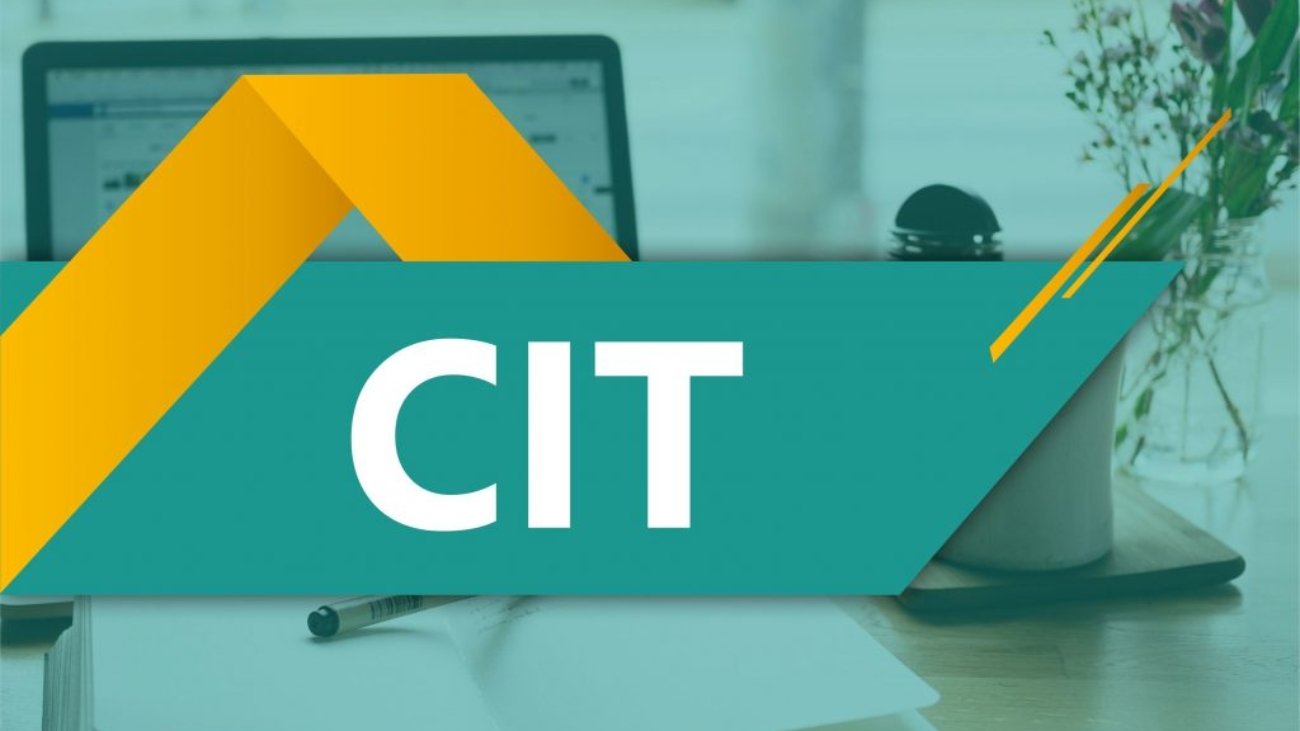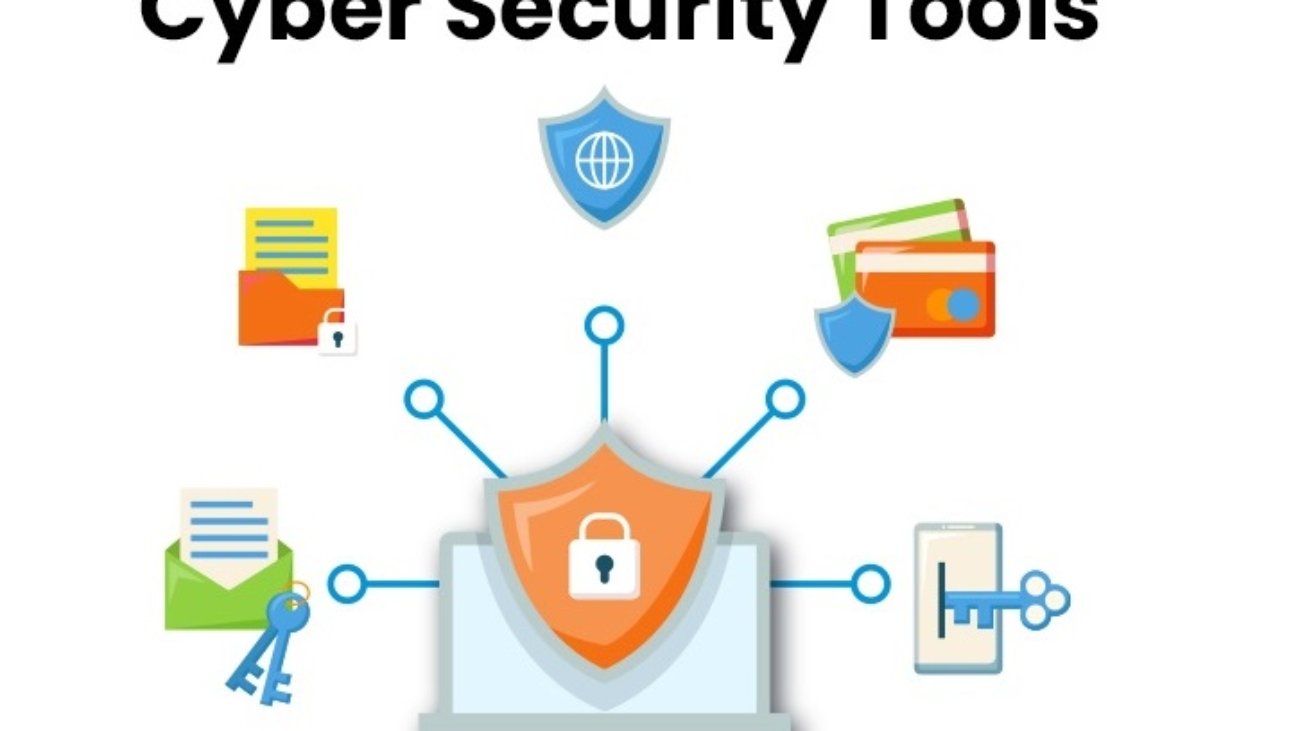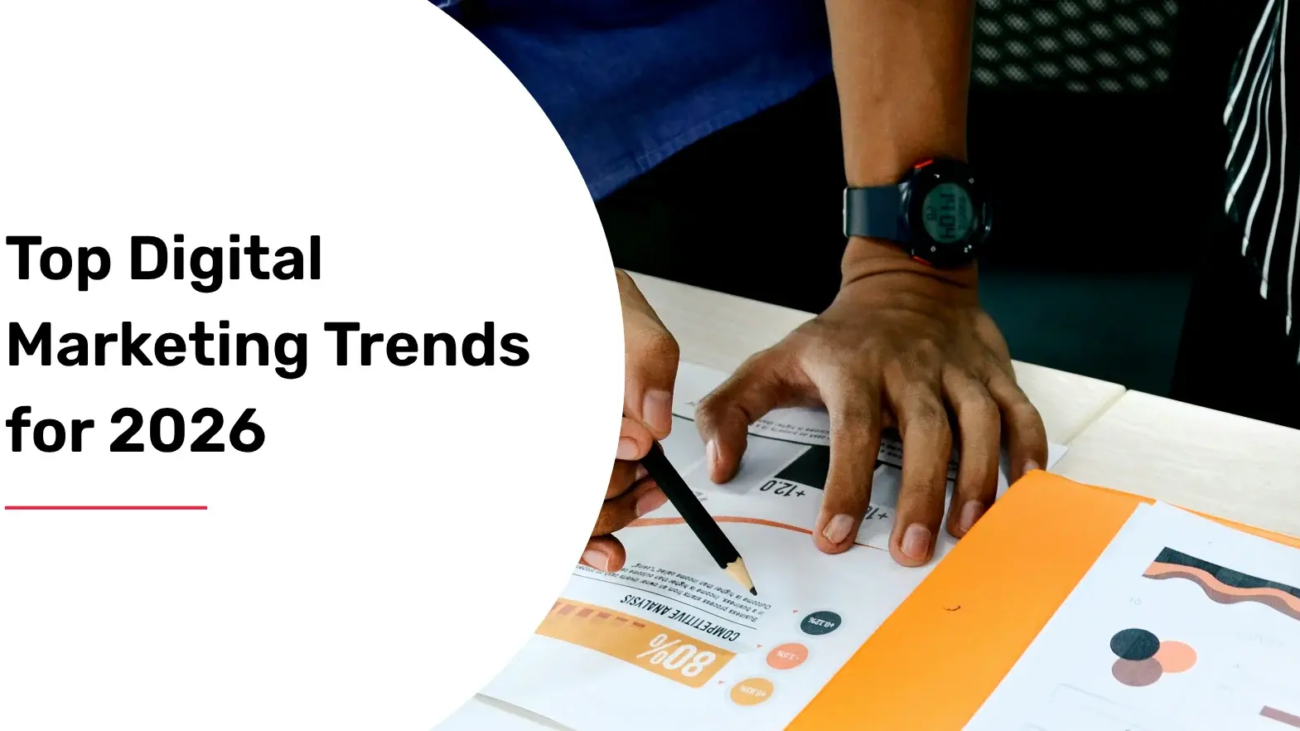In today’s digital world, choosing the right IT qualification is essential for building a strong career foundation. Two of the most common entry-level certifications are CIT (Certificate in Information Technology) and DIT (Diploma in Information Technology). Although both relate to IT skills, they differ in duration, depth, difficulty level, and career scope. Understanding these differences helps students and professionals choose the right path for their goals.
What is CIT? (Certificate in Information Technology)
A Certificate in Information Technology is a short, introductory-level program designed to provide basic computer knowledge.
Key Features of CIT
- Duration: 1 – 3 months
- Covers fundamentals like:
- Basic computer operations
- MS Office (Word, Excel, PowerPoint)
- Internet usage & email handling
- File management and typing basics
- Ideal for beginners with no IT background
- Affordable and easy to complete
- Helpful for office jobs that require computer literacy
What is DIT? (Diploma in Information Technology)
A Diploma in Information Technology is a more detailed course that builds technical IT skills for professional-level tasks.
Key Features of DIT
- Duration: 6 months – 1 year
- Covers intermediate-level topics:
- Basic programming
- IT troubleshooting
- Hardware & networking basics
- Software installation and maintenance
- Database fundamentals
- Suitable for students aiming for technical roles
- Provides stronger job opportunities compared to CIT
CIT vs DIT – Main Differences
1. Duration
- CIT: Very short (1–3 months)
- DIT: Longer and more detailed (6–12 months)
2. Skill Level
- CIT: Basic computer skills
- DIT: Technical and semi-professional skills
3. Job Opportunities
- CIT: Office assistant, data entry, receptionist
- DIT: IT support technician, computer operator, junior network assistant
4. Purpose
- CIT: For beginners needing computer literacy
- DIT: For students wanting a career in IT
5. Career Growth
- CIT: Limited growth unless you upgrade to DIT or further courses
- DIT: Better foundation for advanced IT studies (like ADIT, diplomas, or degrees)
Which One Should You Choose?
Choose CIT if:
- You need basic computer skills
- You are a beginner or student
- You want to improve office job chances
- You want a short, affordable certification
Choose DIT if:
- You want a career in IT
- You need technical skills for support roles
- You plan to move into advanced IT qualifications
- You prefer long-term professional growth
FAQs
1. Is CIT enough for an IT career?
CIT is good for basic computer knowledge, but not enough for technical IT jobs.
2. Can I do DIT after CIT?
Yes, this is the most common path—CIT provides the basics, and DIT builds technical skills.
3. Which is better for jobs?
DIT offers more job opportunities because it includes technical training.
4. Does CIT have value?
Yes, especially for office-based roles that require computer literacy.
5. Which is more suitable for beginners?
CIT is the best starting point for absolute beginners before moving to DIT.




